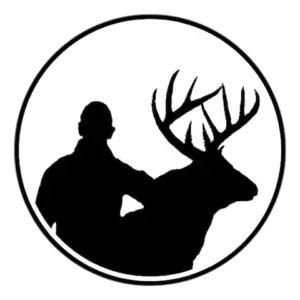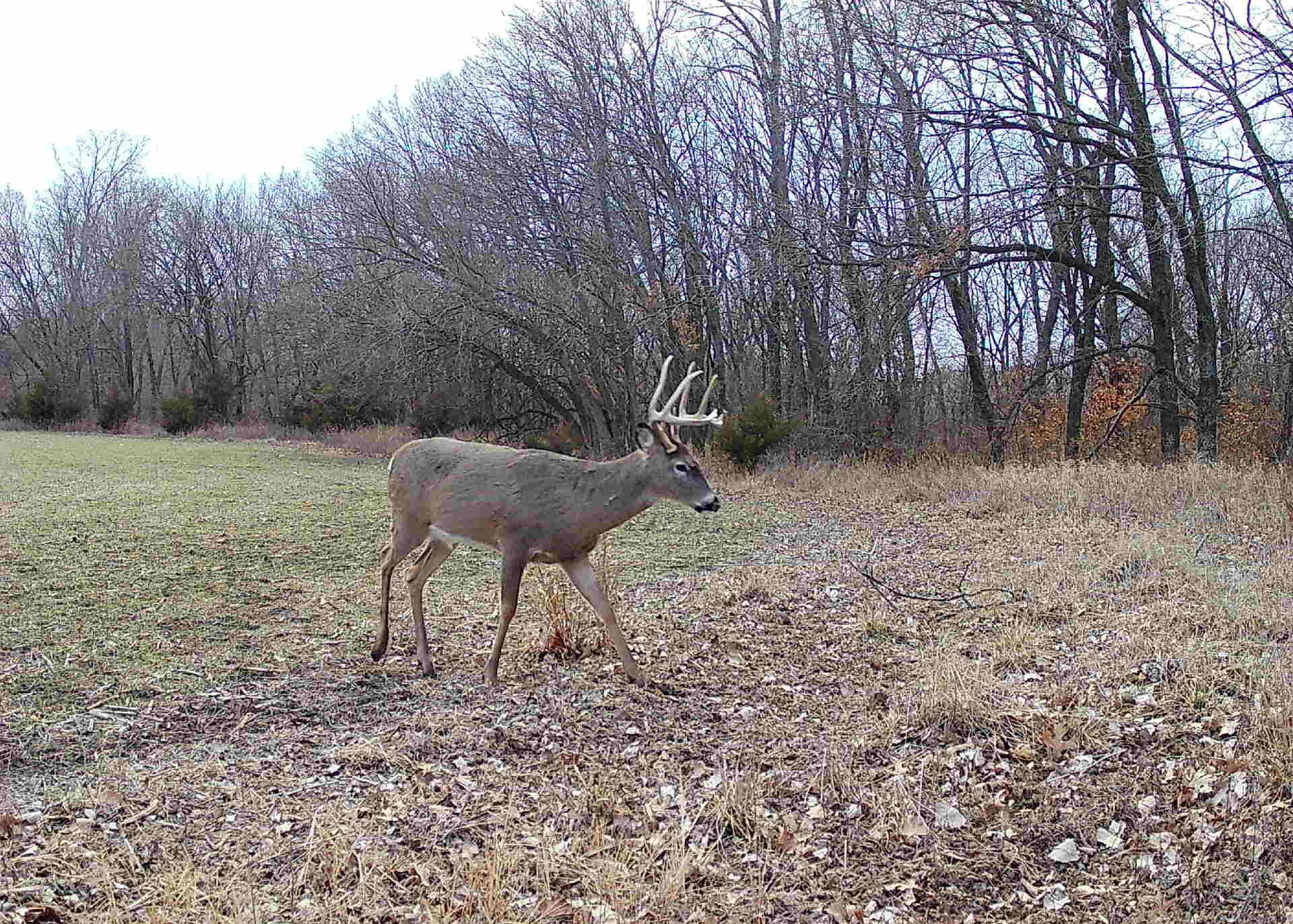Like most hunters, I don’t have the luxury to hunt every day throughout deer season. Therefore, I make decisions to be as efficient as possible to increase my odds of success. So, how do I choose the best time’s to go deer hunting?
Deer move the most at dawn and dusk every single day of the year. However, there are different periods of time throughout deer season that offer better hunting opportunities than others. Learning how to identify these periods of time for specific hunting locations will help hunters take advantage of the best times to hunt deer and increase odds of success.
The timing of the rut and weather fronts are perfect examples of this, but there are other factors to consider as well.
The best time to hunt deer is variable. Therefore, we will discuss it from different angles in order to help you identify the best times to hunt for a specific area.
Best time of day to hunt deer?
The times around dawn and dusk are the best for deer hunting, but let’s dive a little deeper than that.
The first and last hour of daylight will offer the best odds for seeing deer movement. However, that movement slows down over time. I recommend hunting the first three hours of daylight and the last 3 hours of daylight to increase odds of success.
Hunters should consider the time of day they enter and exit their hunting locations. Different spots require different strategies. The main goal of entry and exit is to prevent deer from knowing they are being hunted.
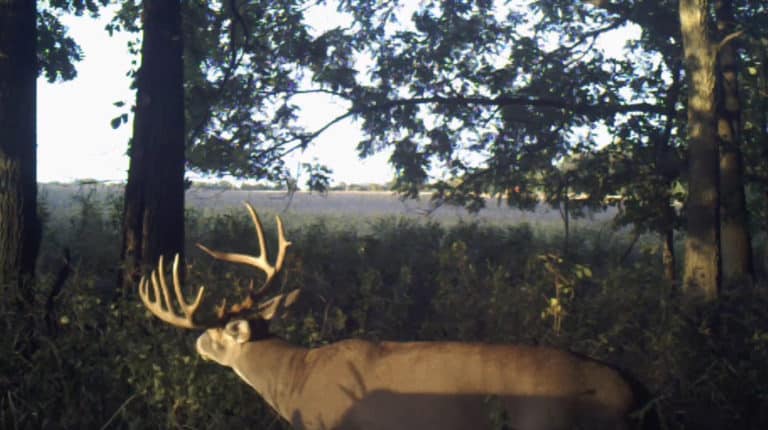
Best days of the season to hunt deer?
There are several variables to consider when answering which days of the year are best for deer hunting. Here are my top 5 considerations:
1. The Rut
The rut is the time of year when whitetails move the most during daylight hours than at any other point in the year.
The rut happens in November throughout most of the United States. However, southern states that touch the Gulf of Mexico tend to have a later rut (December – February).
There are five main phases of the rut (pre-rut, seeking, peak-rut, lockdown, and post-rut). It’s debatable which phase hunts better than the other. Nevertheless, most deer hunters use their vacation days from work to hunt during the peak-rut phase.
Figuring out the exact timing of the rut, and its different phases, is slightly different from one county or state to the next.
The best way to learn the timing of a rut for a specific area is through years of personal observation and trail camera data. The second-best option is asking several deer hunters in the area when they think the rut is, and comparing their answers to each other.
2. Cold fronts
Colds fronts increase deer activity and the odds of hunter success. When temperatures are somewhat steady for several days in a row and then drops sharply within 24 hours, that is an incredible hunting opportunity.
Cold fronts that coincide with the rut are extremely good days to be hunting. Those are the kind of days that hunter’s should prioritize the most. In my experience, it’s better to hunt cold fronts during the pre-rut than a warm front during peak-rut.
3. After Severe Weather
When temperatures reach close to zero degrees or below, deer must feed to survive. There is no doubt they will be close to food sources during that kind of weather.
An incredible hunting opportunity exists if preferred food sources are confined to a small area. Hunters can spend their time hunting a small area and have good odds at killing any deer using the area.
Lastly, deer will bed down and hide during a severe thunderstorm and high winds. If the storm lasts several hours, deer will be hungry and ready to feed as soon as the storm calms down or passes by. Hunters can take advantage of that deer movement by being in the stand as soon as the storm passes.
4. Opening day
Opening day of deer season is like a surprise attack that deer aren’t ready for. They are much easier to kill when they haven’t experienced hunting pressure for several months.
Also, bucks might still be moving in their predictable summer pattern. This usually depends on how early a state opens up its deer season and if/when a buck shifts to his fall home range.
5. Movement pattern of a specific buck
Many hunters set their goals on killing a specific buck. Bucks have individual personalities and may use different parts of their range at different times of hunting season. Therefore, a hunter looking to kill a specific buck should hunt him when he is most likely to use the property.
Many bucks tend to have an annual pattern, showing up in the same place’s year-after-year. It’s very common for individual bucks to use a specific property during a short window of time and completely disappear the rest of hunting season.
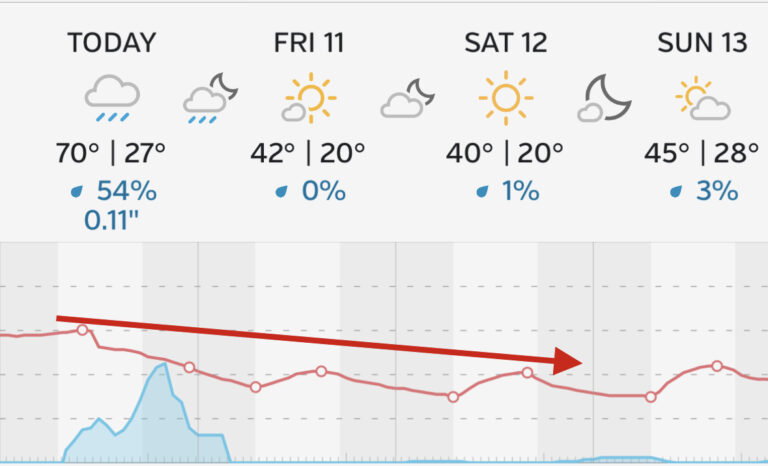
Best day during the week to hunt deer
All things being equal, there is no day of the week better than the next. For example, hunting on a Monday is not better than hunting on a Saturday. However, these are all reasons that make hunting on a specific day of the week more important than another:
1. Temperature
Is there a temperature drop in the weather? If so, the first day of cold weather is better than the second, and the second is better than the third. Prioritize hunting on cold days, not warm days.
2. Wind direction
What direction is the wind blowing? The hunter should pick a day to hunt that is ideal for the wind direction. Always play the wind.
3. Hunting pressure
Avoid hunting when deer are pressured by other hunters. Hunters who share hunting land with other hunters should consider hunting when the other hunters are least likely to also be hunting.
Most public land hunters are weekend warriors. Prioritize hunting Wednesday’s and Thursday’s so the deer have a chance to calm down from the previous weekends hunting pressure.
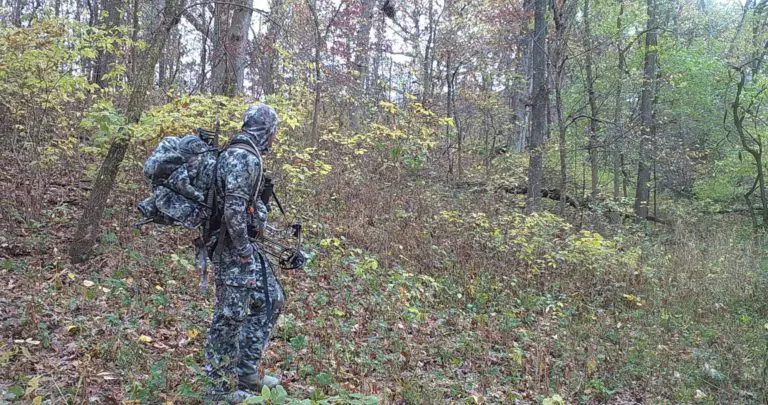
Best month to hunt deer?
The best month to hunt deer depends on the property being hunted and the hunters goals. However, the majority of deer and big bucks are killed during the month of November because the rut is in full swing throughout most of the country.
November isn’t always the best time to hunt deer depending on the location of the property and the hunters goals. It’s been proven that every month of deer season can be extremely deadly to deer. Hunters just have to learn how to take advantage of those opportunities.
Many states open their hunting seasons before October, which is a time when deer are moving very predictably during daylight hours. This is a great opportunity to locate a buck from afar and then go in for the kill. The assumption is that the buck will do the same thing day-after-day, or close to it.
October is a great month to kill deer because of the various changes taking place in the whitetail’s world. These changes create opportunities for deer hunters to take advantage of. For example, bucks are shifting their home ranges, the pre-rut is starting, crops are being harvested, cold weather is starting set in, and hunters are pushing deer around.
December and January can be killer months for deer hunters that have food sources and thermal cover nearby. Food is in short supply at this point in the year and deer will gravitate to primary feeding areas. An extremely cold weather front, with temperatures near zero or below, will get every deer on their feet.
Lastly, the timing of the annual rut in southern parts of the country happen in December and after, making these ideal months to hunt. The rut is always going to produce the most deer activity and the most kills.

How to determine the best times to hunt deer
If you’ve read this entire article up to this point, it should be a little clearer about how to determine when the best times are to deer hunt in your area. However, let’s dive just a little bit deeper.
Each hunter needs to determine what their hunting goals are, analyze the properties they hunt on, and then create a gameplan that will increase their odds of achieving their goals.
It can take a few years to analyze a property to determine the best times to hunt it. Hunters must learn how the deer use the property and when they use it.
Deer have annual patterns and are likely to do the same thing year-after-year. Run trail cameras and take notes of your observations while hunting so that you can take advantage of annual patterns. Trail cameras accelerate the learning process substantially.
Conclusion
Each hunter must determine for themselves when the best time to hunt deer is. Most people have a limited amount of time to hunt because of work and family obligations. However, the information in this blog post will help deer hunters increase their odds of hunting success based on their specific set of circumstances.
